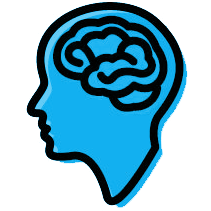Autogenics 3.0
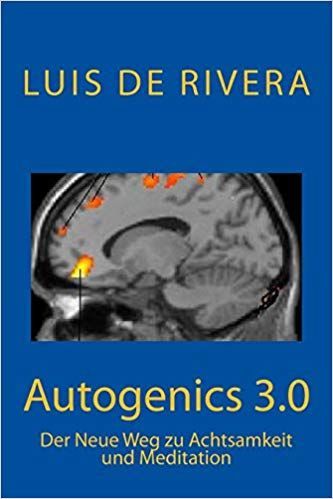
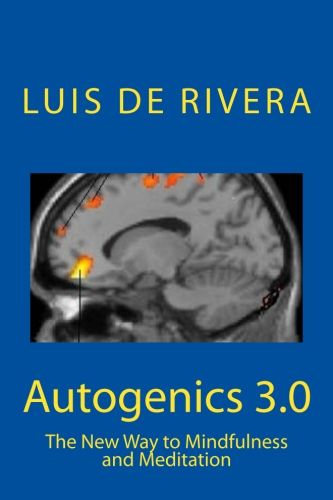
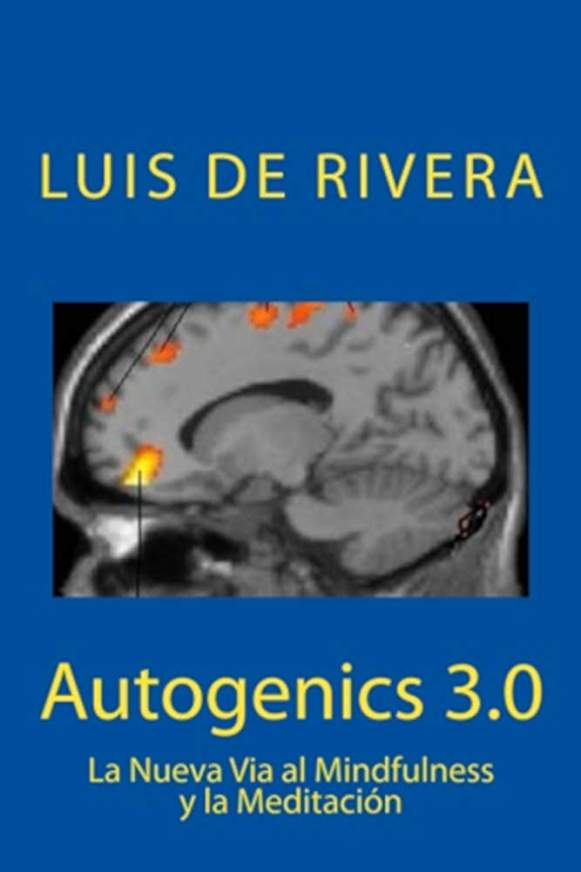
Siguiendo el linaje iniciado por J.H. Schultz en Alemania y continuado por W. Luthe en Canada, Luis de Rivera presenta los últimos avances en Meditación Somatosensorial. El nuevo Autogenics 3.0 mejora en gran medida la facilidad y eficacia del Autogenic Training original y es la forma más eficiente para la iluminación personal y la salud psicosomática.
Se encuentra es tres idiomas: castellano, inglés y alemán.
ISATAP – International Society of Autogenic Training & Psychotherapy
International Society of Autogenic Traininig & Psychotherapy (ISATAP)
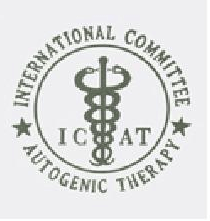
ACTIVACION CEREBRAL CON PSICOTERAPIA AUTOGENA
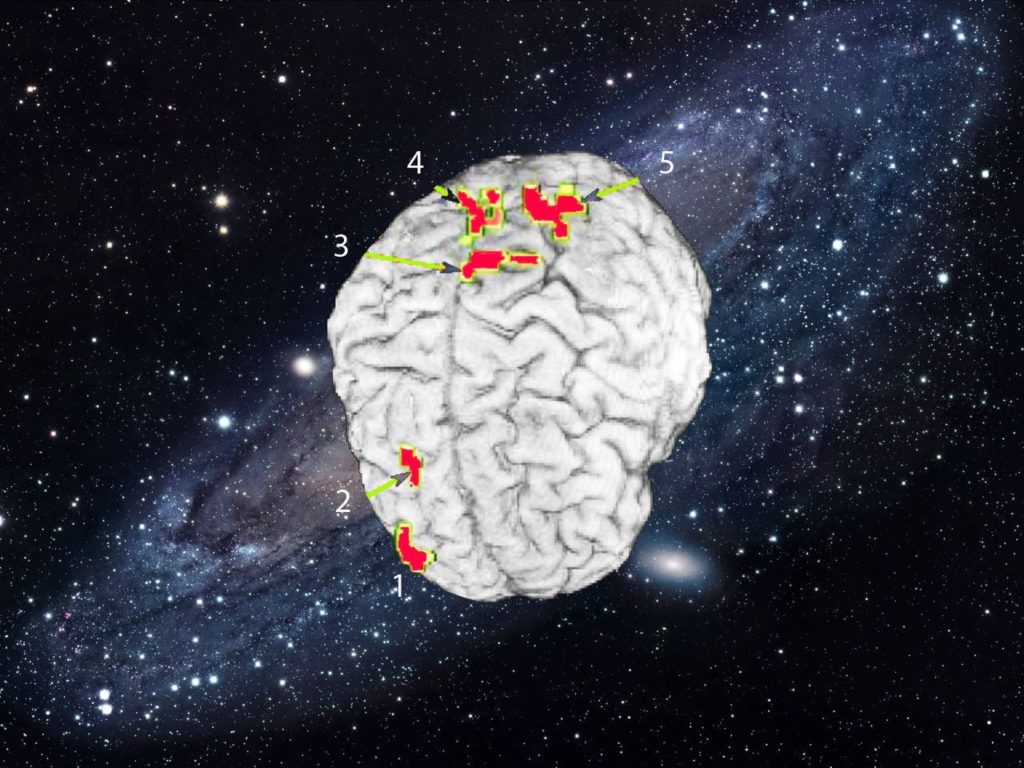
La Psicoterapia Autógena es un método psicoterapéutico basado en la inducción de estados ampliados de conciencia por concentración en sensaciones propioceptivas. Durante su práctica se activan zonas clave del cerebro que potencian la autorregulación y el equilibrio psico-fisiológico. Gracias a ello, se desarrolla la capacidad natural para mantener la calma y para neutralizar los efectos del estrés y de los traumas. Indicado en el tratamiento de ansiedad, insomnio, alteraciones psicosomáticas y depresiones reactivas, es también un medio ideal para superar las crisis y para aumentar la resiliencia. La práctica continuada de las técnicas de Psicoterapia Autógena mejora la eficiencia cognitiva y desarrolla la intuición y la creatividad.
Presentación de «Autogenics 3.0» de Luis de Rivera

¿QUÉ HAGO YO AHORA? Usando el Quinto Criterio

La Meditación del Templo al Laboratorio

